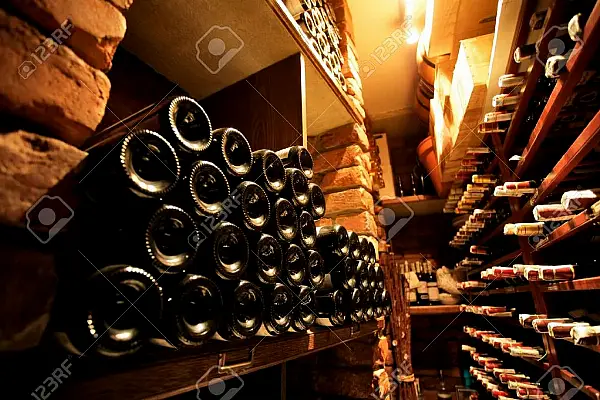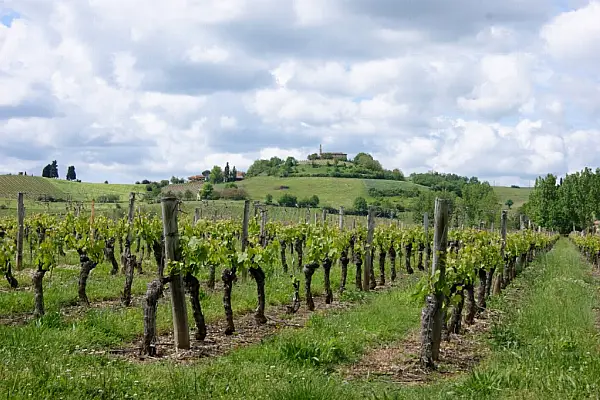France's farm ministry on Friday raised its estimate for this year's wine production, confirming that it will regain the top spot among world producers although some major producing regions including Bordeaux have been hit by disease.
As grape-picking comes to an end in France, the ministry estimated this year's vintage at 47.2 million hectolitres, up from 46 million pegged last month and now 2% above last year's volume.
Wine Production
A hectolitre equals 100 litres or 133 standard wine bottles.
Wine production increased in many regions including Champagne where the weight of the clusters reached a record level, but it declined in Bordeaux, Languedoc-Roussillon, the South-West and South-East, the ministry said.
In Burgundy, production equalled the record reached in 2018, notably for white wine, while output was expected at a good level in Beaujolais despite some hail storms, it said.
Mildew Attacks
In contrast in Bordeaux, although white wines volumes are correct, those for reds were affected by mildew attacks in some areas. Overall, Bordeaux wine production will be 15% lower than the 2018-2022 average level, the ministry said.
France, which had fallen behind Italy as the largest world wine producer, is set to reclaim its leadership this year after extreme weather and fungal diseases severely hit Italian vineyards.
World wine output is expected to fall to its lowest level in 60 years in 2023, also hurt by poor harvests in Spain and Latin American countries, the International Organisation of Vine and Wine (OIV) said on Tuesday.
Spain
Earlier this month, it was reported that drought-hit Spain kept its position as the third largest wine producer despite its production set to fall to the lowest in the last 20 years, down 14% fall in output from last year and down 19% on the five-year average.
The sharp fall in Italian and Spanish production would lead to a 7% drop in EU output this year at 150 mhl, the third lowest production level since the beginning of the century.
United States
US wine output, the world's fourth largest, was expected at 25.2 mhl this year, an increase of 12% from 2022.
Cool temperatures and heavy winter rains in the Napa and Sonoma regions brought much-needed moisture to the vines after several years of drought, the OIV said.
Article by Reuters, additional reporting by Hospitality Ireland.









